
Dr. Tosin Goje explains the promise of ibrexafungerp for clearing yeast infection and improving quality of life for these patients.

Dr. Tosin Goje explains the promise of ibrexafungerp for clearing yeast infection and improving quality of life for these patients.

The company says it plans to begin talking with regulators next year after seeing positive efficacy data in the trials.
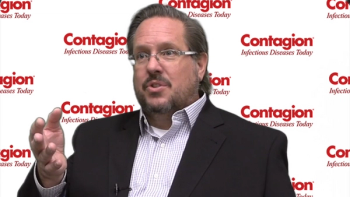
A clinician offers his perspective on what he sees as a clinician and trial investigator in terms of what is in the pipeline and both the encouraging data and uncertainty in therapy development overall.
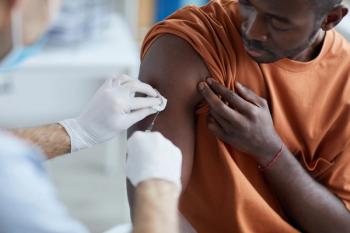
Concerns of injectable HIV PrEP safety and efficacy demonstrate a need for health care providers to share reliable information with at-risk populations.
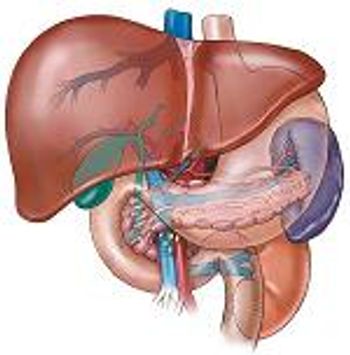
Three posters on the subject were presented at The Liver Meeting and were among the meeting’s key presentation highlights called “Best of the Liver Meeting.”
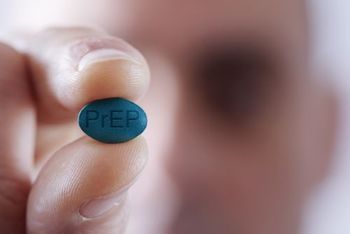
Although HIV PrEP uptake is gradually increasing, usage remains low among key at-risk populations.

Young women who binge drink, and especially those who use multiple substances, had a higher risk of COVID-19 infection and mental health complications.
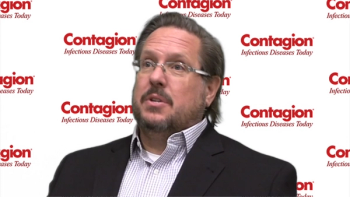
One clinician discusses strategies in how his institution minimizes the wide spectrum approach to antibiotics as well as tries to prevent potential complications.
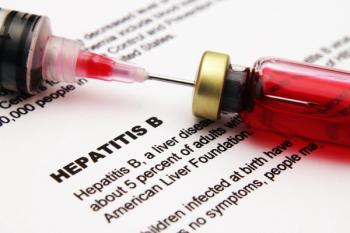
What are the characteristics and demographics of the chronic hepatitis B patients who develop severe outcomes?

An ICU hospitalist talks about his criteria and the treatment protocols for these cases.

Safety profile in this study showed the frequency of adverse reactions with these boosters were similar or lower than that of either a second or third dose of the original vaccine.

The World Health Organization (WHO) describes measures necessary to confront invasive fungal infections from the pathogens posing highest threat and greatest disease burden.

Looking for the latest developments in infectious disease? Here are the top stories Contagion covered this week.

Dynavax reported results from its phase 1 study looking at its (Tdap-1018 CpG Adjuvanted) Tetanus/Diphtheria/Pertussis booster vaccine.

In episode 1 of this short video series, a clinician discusses his experience in what his institution is seeing as well as how they handle their treatment protocol and stewardship where possible.

16 people have been reported to be infected across 6 states resulting in one death and a pregnancy loss in an expecting mother who became infected.

In Boston school districts, lifting mask mandates was correlated with an additional 44.9 COVID-19 infections per 1000 students and staffers.

The closely watched therapeutic candidate led to long-term responses in 90% of patients who benefited from the therapy.
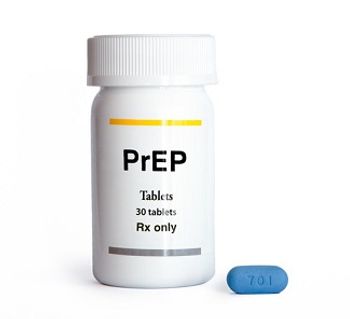
HIV PrEP prescriptions increased from 0 among people who use injection drugs, but overall PrEP uptake remains low.

Initially, 28-29% of patients with chronic hepatitis B achieved undetectable virus levels after 24 weeks of treatment with GSK’s bepirovirsen, but this dropped to 9-10% of patients during a phase 2b trial.

The World Health Organization's fungal priority pathogens list is intended to prompt research, development and policy against the increasing health threat.

About a third of veterans who received a letter to get tested for hepatitis C did so, according to a study by the Veterans Affairs Greater Los Angeles Healthcare System.

Studies suggest young women’s substance use is catching up to men's. Tammy Chung, PhD, examined whether this was exacerbated by the COVID-19 pandemic.

Frontier Biotechnologies reported data from its phase 1 trial for its investigational therapy, FB2001, for patients exposed to the virus.

The benefits to children of wearing face masks to prevent COVID-19 outweigh potential infectious risks from face touching, according to a study analyzing hand-to-face contact in a simulated school environment.

The intranasal, live-attenuated vaccine CodaVax-RSV was granted FDA Fast Track designation. Clinical trials are expected to launch soon.

Experts discuss a range of the most topical infectious disease research, presented at the recent IDWeek 2022 conference.
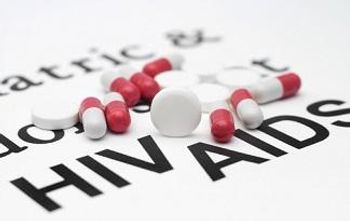
The study authors called eliminating barriers to HIV care and treatment a national priority.

November is Clostridioides difficile (C diff) awareness month. The Peggy Lillis Foundation hopes to use the month to increase the public’s awareness of the dangers of the infection.

In communities of color, hesitancy, mistrust, and access issues all drove low COVID-19 vaccination rates during the pandemic.